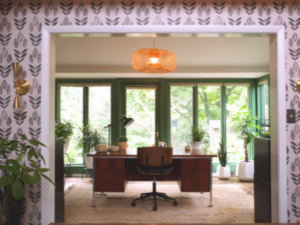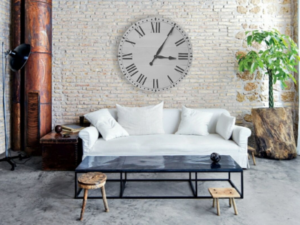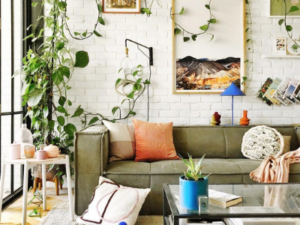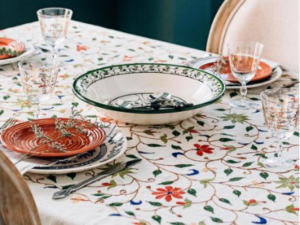5 Ways Good Interior Design can Save Your Mental Health
February 16, 2021
It’s really very simple: interior design affects our mood. But more specifically, and most importantly, interior design affects our mental health.
When you think about it, to be a human being is to be a funny thing, and we shouldn’t take ourselves too seriously. We collect items we like - whether they’re shiny, entertaining, or useful - we take them to our little dwellings for safe keeping. We arrange them very carefully so that other humans can admire them, too. But to me the funniest part of all is the way we scour the internet to see other humans’ dwellings. Sometimes it’s for inspiration, and sometimes it’s simply because admiring pretty spaces is so satisfying.
What may not be so simple to understand is the why. Let’s talk about interior design, mental health, and why the relationship between the two truly matters.
1. Designing a Proper Layout can Relieve Anxiety
Have you ever entered a space and thought, “Oh, my God. I have to get out of here,” because I sure have.
Sometimes we just can’t explain why a space makes us feel “off.” But a lot of the time, a simple rearranging of the space’s layout can help you instantly relax. Moving around the layout of your home creates more space for you to live in, consequently relieving anxiety, promoting creativity and creating a better flow of thought.
There is reason to believe from previous studies that spaces with higher ceilings increase our creativity and improve our overall mood. The more space in which we can exist, the more space in which we can just breathe.
Imagine yourself on the hills of a countryside, sucking fresh air into your lungs, listening to the grass rustle in the wind. You’re looking out onto a seemingly endless horizon.
What do you feel?
I assume your answer is something along the lines of “peaceful.”

Here’s a tip:
Eliminate clutter in your home and improve your organization techniques; this can help you achieve a better layout for your home. Less stuff means more opportunities to breathe easy. Read my previous blog post about why it’s so hard to tidy up here!
2. Keeping Light in Mind can Reduce Depression
I hope it’s news to no one here that going outside to catch some rays can drastically improve your mood. (If you are hearing this for the first time, please do yourself a favor, and read this blog outside in the sunshine).
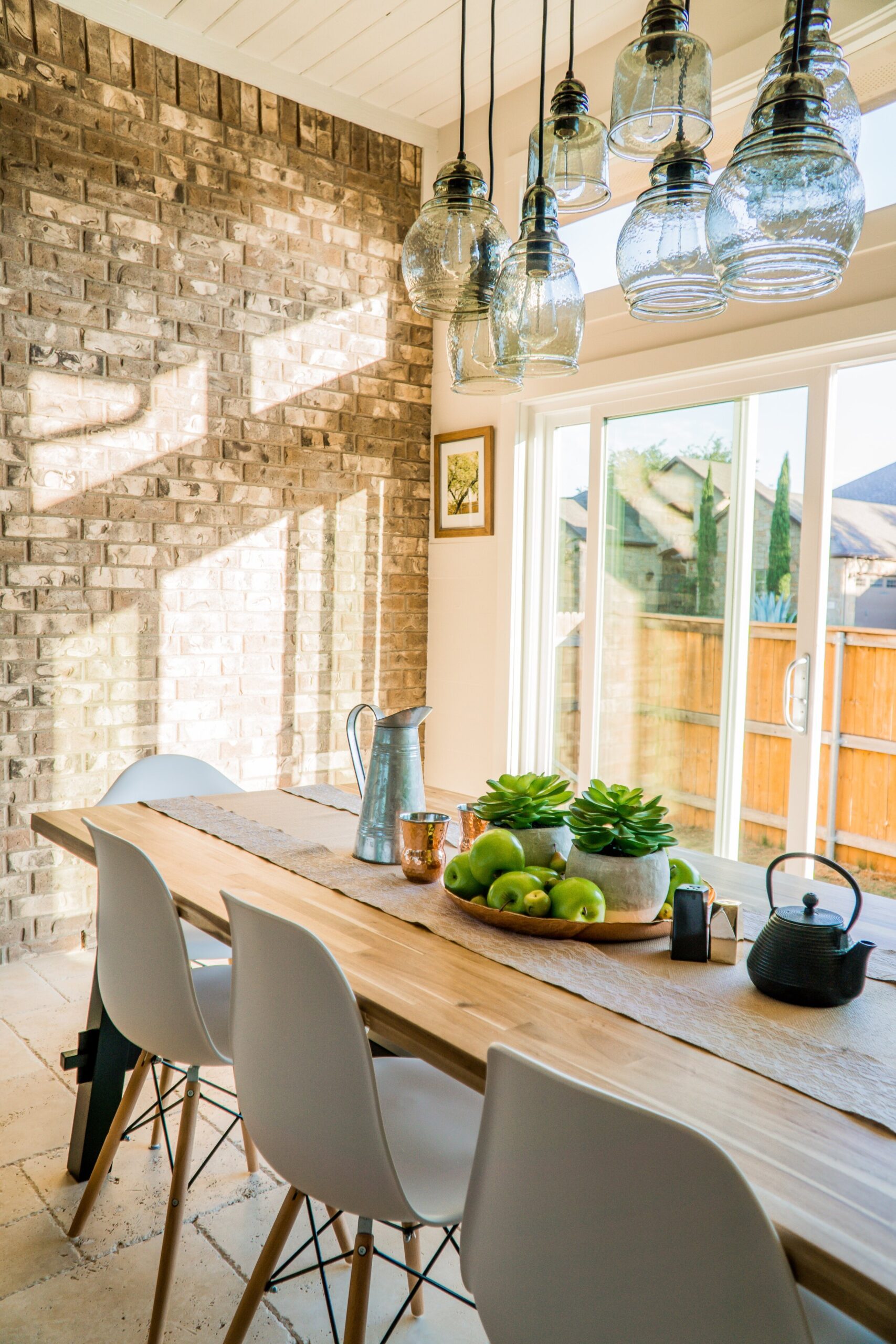
Now, think about your home.
How much of an improvement could be made to your overall mental health if you just opened the curtains more often? As a previous professional in clinical psychology, I know a little sunlight is not a cure-all for depression, and it would be insensitive to assume so.
But a continuous lack of natural sunlight in the home definitely can trigger sadness and other habits of depression. This element of good design is so important and should never be overlooked by designers or yourself.
Want to know how beneficial your space is to your mental health? Download our FREE mental health checklist to see how your space ranks on our mindful design scale!
3. Carefully Chosen Colors could Change Everything
I cover many of these mindful interior design techniques in previous blog posts, such as Reclaiming Your Work Life in a Persistent Pandemic, but there’s nothing wrong with going over valuable information again!
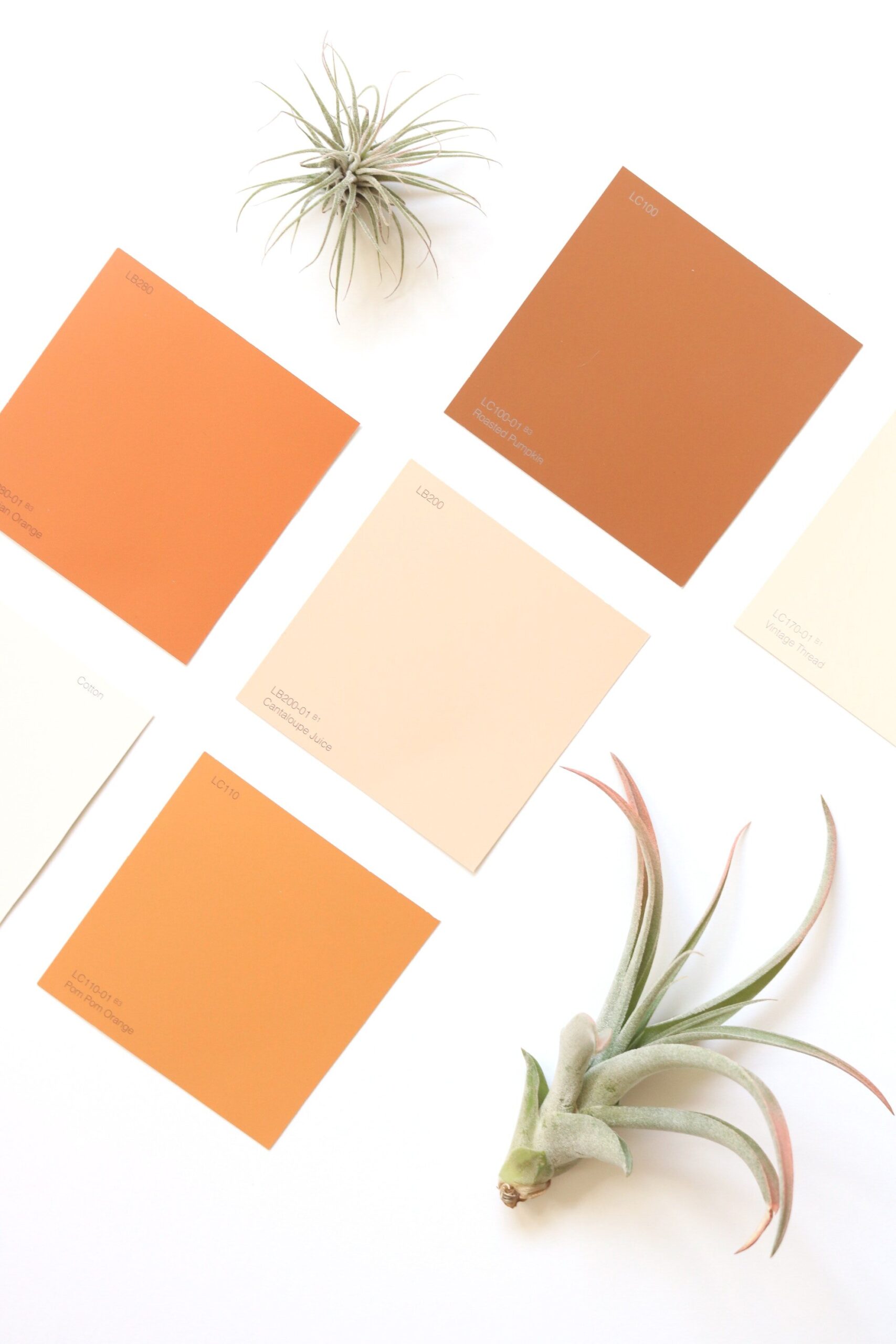
Color psychology is the science of understanding how different colors can instruct our behavior, and it’s an important aspect of mindful interior design.
Colors with long wavelengths - such as reds, oranges and yellows - are considered stimulating colors. Colors with short wavelengths - purples, blues and greens - are typically used as calming colors. You could think of this as a warm color versus a cool color way of thinking.
Using the right amount of each type of color will bring your space together in a harmonious way. For example, red is a great color for accents and tiny details. But use too much, and you could create an anxiety-inducing space. Similarly, too much a dull, calming color (i.e. cool color) could bring the room’s mood down completely.
Want to learn more about color theory applied to your home? Read up on the topic here!
4. Plant Power can Improve your Mood
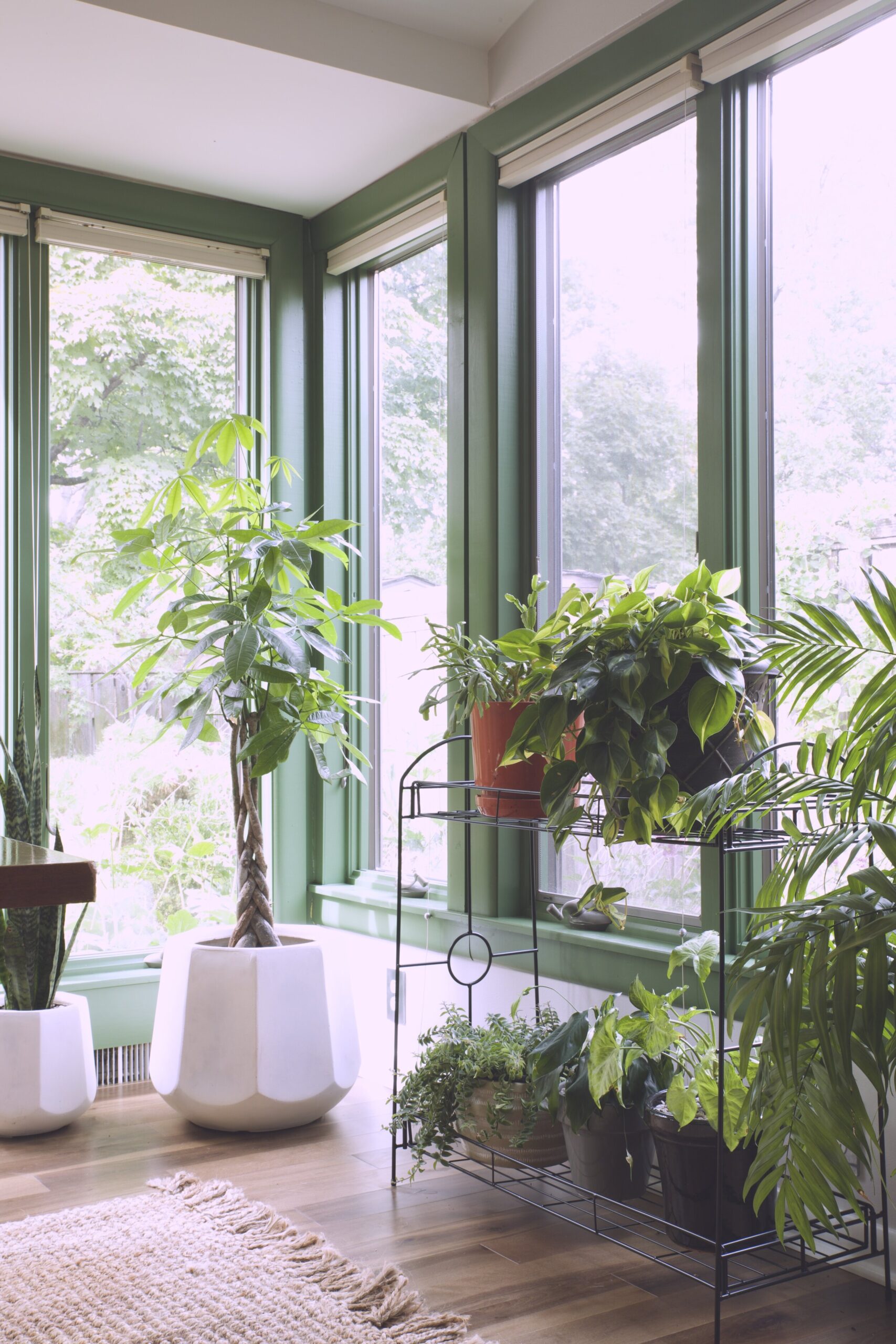
Original work by Jackie Barnes
In one of my previous blogs, The Emotional Power of Plants on Our Lives, I speak on our history with plants as a human race. Their value and significance can be traced back thousands of years, which only makes our fascination with having plants in our homes more intriguing to me.
I mean, there has to be a reason plant sales have skyrocketed since the pandemic hit, right?
Well, I’d say it has something to do with the biophilia hypothesis, the theory that humans have the natural tendency to seek out other forms of life and connections with nature. Another reason to believe humans are such funny creatures.
But this theory really does have merit! Studies show that owning plants, or elements of nature, and sometimes even wildlife in the home can improve our moods and mental health.
Check out this blog for more information on the benefits of plants in the home.
5. Use Art to Express and Restore your Mind
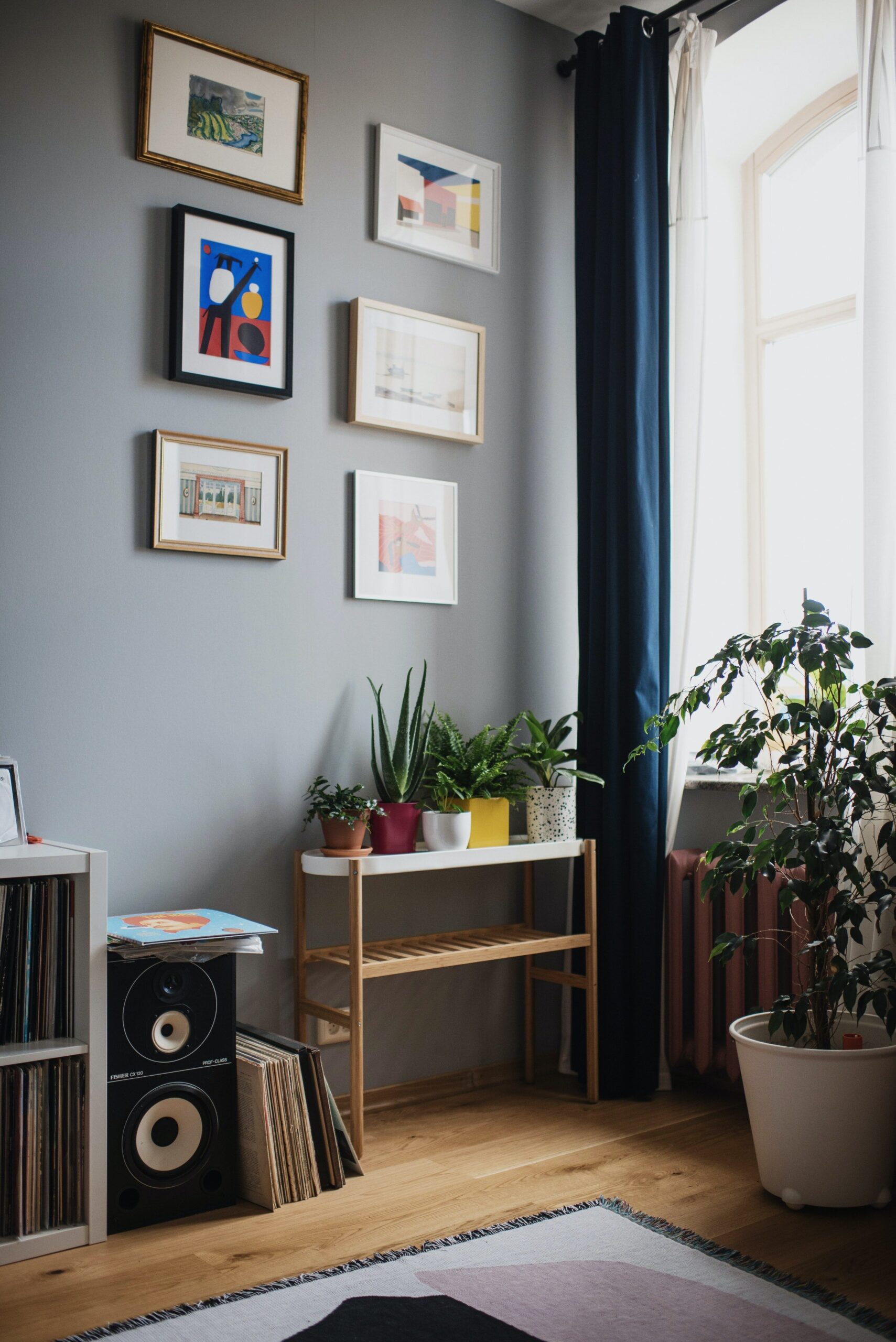
We create art for a reason; it allows us to put our emotions into physical form and gives us a reason to slow down to create.
Even if you don’t consider yourself an artist, that doesn’t mean you don’t appreciate art or - in the very least - pretty things that can hang on your walls.
Depending on the mood you hope to portray in your space, you can select art that will manifest that mood. If you choose dark, dull pieces, then your space could produce negative emotions. However, if you choose bright, uplifting pieces, then your space will most likely have a positive effect on you and your family.
Overall, your home should be a collection of what you love most, including the art that speaks to you or makes you happy. Whether you’re drawn to prints, ceramics, metal art, or even unique dish-ware, you can’t go wrong if it feels right to you. This aspect of interior design is similar to color psychology in that it can be a matter of personal opinion and preference, as it should be!
If you’re looking around at your space, wondering how much it’s helping or hurting you, fill out our FREE mental health checklist to see how your space ranks on our mindful design scale!
I’ve Said it Before, and I’ll Say it Again:
Interior Design Matters
Like I mention in my previous blog, Why Does Interior Design Matter?, I say the answer’s simple:

I still believe this to be true, but it’s a little more complicated than that when looking at the psychology behind design. My hope is that you’ve learned how design choices in light, layout, color, plants, and art can improve your mental health. And we all need a boost in mental health these days, right?
If you want to really dig deep into the effects of your current space on your mental health, download our FREE mental health checklist to see how your space ranks!
